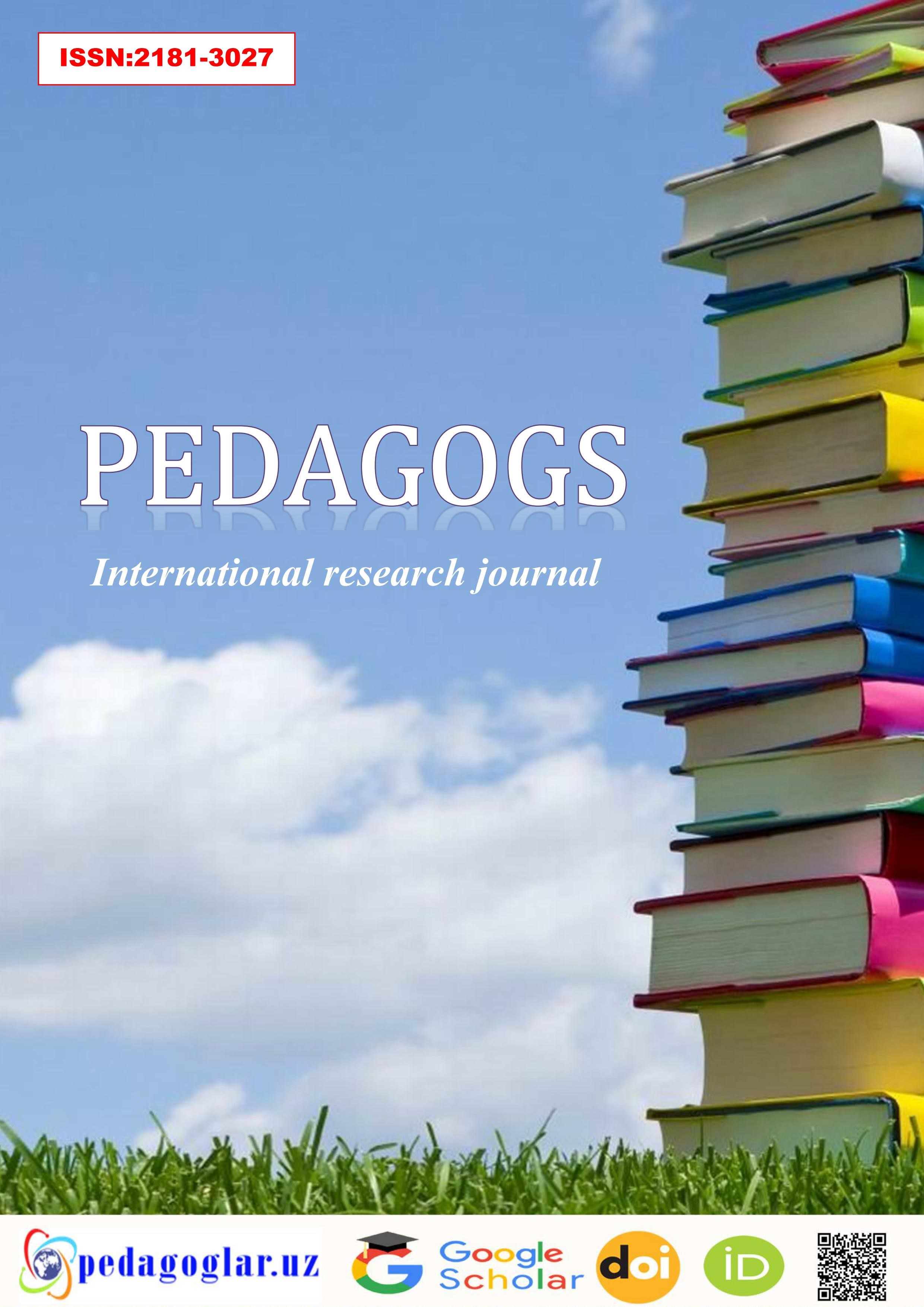PEDAGOGY OF TEACHING ENGLISH TO ESP STUDENTS AND DIFFICULTIES THAT TEACHERS FACE
Keywords:
Keywords: English for Specific Purposes (ESP), language teaching, curriculum development, learner needs, industry collaboration, differentiated instruction, language proficiency, educational strategies, professional communication, subject matter expertise.Abstract
This article delves into the complexities and challenges associated with teaching English for Specific Purposes (ESP), highlighting the diverse needs of learners in various professional fields. The discussion emphasizes the varying language proficiency levels among students and the importance of adapting teaching methodologies to address these discrepancies. Key challenges such as the rapid evolution of industry-specific language and the necessity for teachers to integrate subject matter expertise with language instruction are examined. The article also advocates for the importance of collaboration between educators and industry professionals to ensure that ESP courses remain relevant and aligned with contemporary practices. Through a series of strategies, including differentiated instruction and ongoing assessments, the article aims to offer practical solutions for ESP educators. Ultimately, the discussion underscores the critical role of ESP in equipping learners with the linguistic skills required to navigate and excel in their chosen careers within an interconnected global environment.
References
- Belcher, D. (2006). English for Specific Purposes: Teaching to Perceived Needs and Imagined Futures in the Matrix of Practice. TESOL Quarterly, 40(1), 133-156. Create citations to prove the view
- Belcher, D. (2006). English for Specific Purposes: Teaching to Perceived Needs and Imagined Futures in the Matrix of Practice. TESOL Quarterly, 40(1), 133-156.
- Dudley-Evans, T., & St John, M. J. (1998). Developments in English for Specific Purposes: Language Teaching and Professional Practice. Cambridge University Press.
- Flowerdew, J. (2000). Using Authentic Materials in Language Teaching: The Case of the ESP Genre. TESOL Quarterly, 34(2), 319-329.
- Garrison, D. R., & Kanuka, H. (2004). Blended Learning: Uncovering Its Transformative Potential in Higher Education. The Internet and Higher Education, 7(2), 95-105.
- Graves, K. (2000). Designing Language Courses: A Guide for Teachers. Heinle & Heinle.
- Hutchinson, T., & Waters, A. (1987). English for Specific Purposes: A Learning-Centred Approach. Cambridge University Press.
- Krahnke, K. (1987). Approaches to Syllabus Design for Foreign Language Teaching. Prentice Hall.
- Snow, M. A. (2010). Academic Language and the Role of Content-based Instruction. In Content-based Instruction in Foreign Language Education, 73-94.
- Thomas, J. W. (2000). A Review of Research on Project-Based Learning. The Autodesk Foundation.
- Wang, A. (2016). The Role of Simulation in Teaching English for Specific Purposes: A Case Study on Hotel Management Students. International Journal of Language Studies, 10(1), 91-106.
Dörnyei, Z. (2007). Motivational Strategies in the Language Classroom. Cambridge University Press.
Ellis, R. (2003). Task-based Language Learning and Teaching. Oxford University Press.




